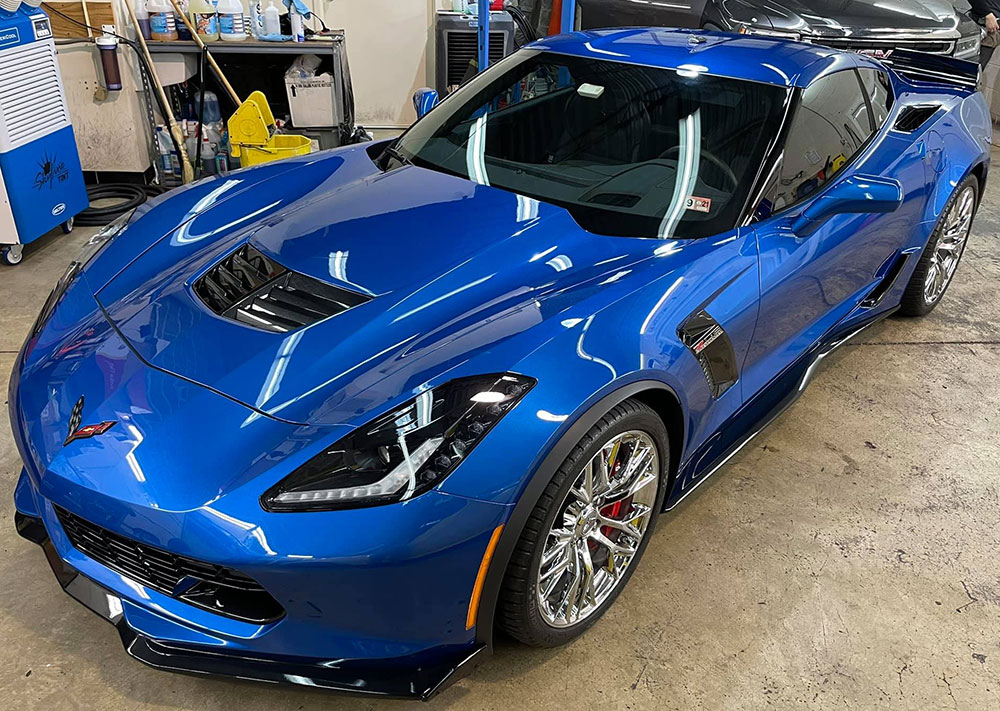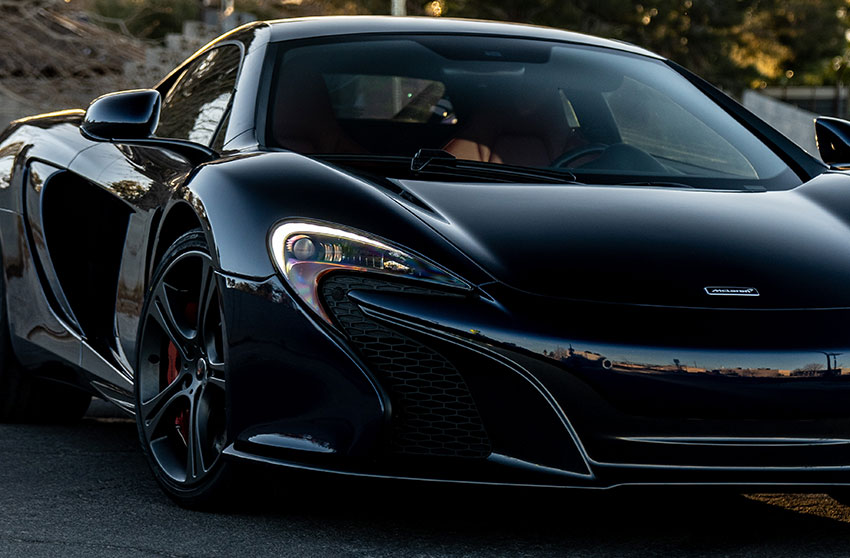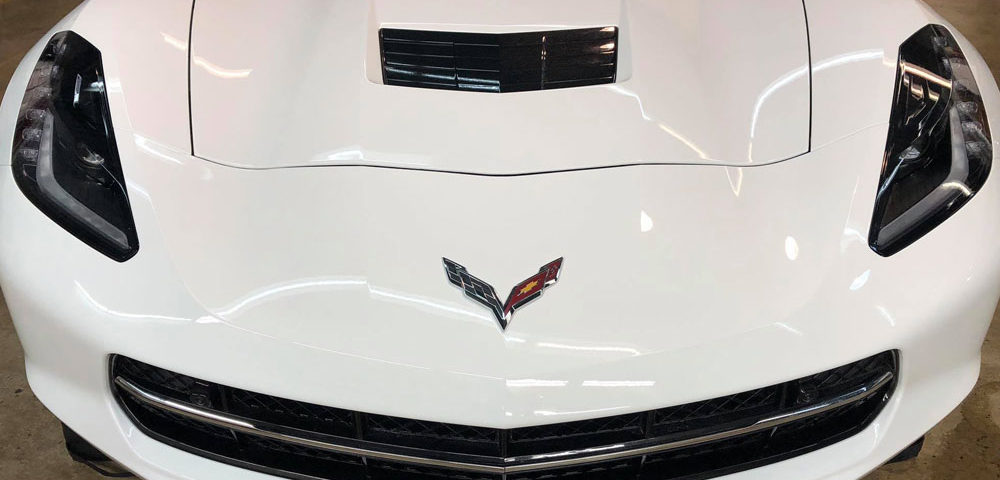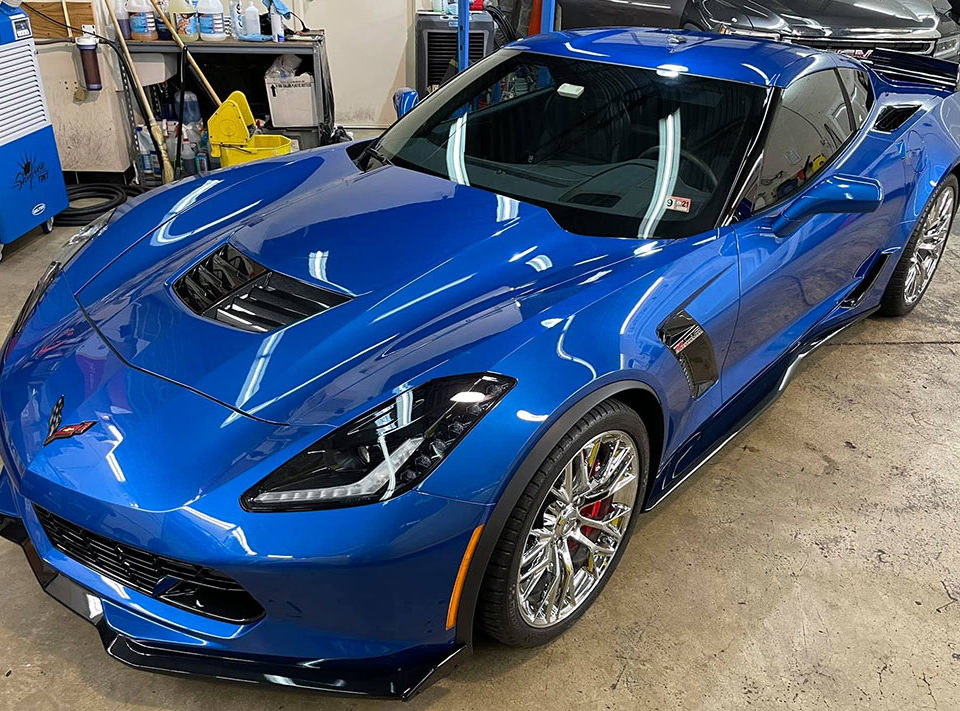
Does Window Tint Lighten After Installation?
July 10, 2024
Car Window Tinting 101
August 12, 2024Installing paint protection film (PPF) is similar to arming your vehicle with armor to shield it from the damaging effects of driving. This transparent film is a barrier, preventing rock chips, scratches, and other ugly imperfections from damaging your car’s paint job.
Upkeep of paint protection film is just as crucial for keeping it in top condition as for any other type of armor.
To help you out, here are paint protection film best practices:
Be cautious of the edges
You should pay close attention to the film’s edges. These are the areas that are most susceptible to lifting and dirt buildup. To maintain the best possible condition for your PPF, do the following:
Look for lifting or peeling along the margins. If you notice anything unusual, take your car to a PPF specialist to have it addressed.
Be careful when hand-washing the car around these spots to prevent unintentionally disturbing the film.
Using a blower or a microfiber cloth, thoroughly remove any water that may have infiltrated under the film during the drying phase.
Be a smart cleaner
Cleaning is one of the most important parts of PPF maintenance. The accumulation of dirt, filth, and other impurities on the film’s surface might cause it to become ineffective and possibly harm the paint underneath.
To avoid this, you must routinely wash your PPF with mild, pH-neutral soap and a soft cloth or sponge to keep it clean. Since harsh chemicals and abrasive materials can scratch or damage film, it is imperative to avoid using them.
As tempting as it may be, you should avoid using automatic car washes or high-pressure washers that use brushes or other abrasive materials.
These may harm the film or cause it to separate from the car’s surface. Instead of using a pressure washer, clean your PPF by hand or using a low-pressure washer.
Waxing is required to maintain the shine and efficacy of your PPF and shield it from UV radiation and other external elements. According to the manufacturer’s instructions, you should apply a wax made especially for PPF.
The Wax should not, however, be applied to the film’s exposed edges or seams since this may cause it to tear off the car.
Wax, detergents, and standard car wash solutions that aren’t made especially for use with PPF have the potential to damage the film, so be ultra-cautious when using them.
Some of these products contain abrasives or strong chemicals that can scratch or damage the film’s surface, making it less effective at protecting the paint on your car.
Inappropriate product use can also result in PPF fading or discoloration, lowering the product’s effectiveness and attractiveness.
By using the proper solutions, you can help preserve the look of your vehicle’s paint over time and ensure that your PPF continues to protect it.
Using PPF-specific materials can help you maintain your car’s best possible appearance, avoid damage or deterioration to the film, and increase its longevity.
Use these products according to the manufacturer’s recommendations to prevent unintentional harm or negative consequences.
Handle light scratches with care.
Preventing scratches is one of the main reasons your car needs paint protection. The cool thing is that paint protection films can heal themselves. Your paint will be shielded, but the film will also self-heal when necessary.
You should remember that your paint protection film is capable of repairing itself if you remove a scratch from it.
To achieve this, park your car in the sun for twenty to thirty minutes. The sun’s heat will help your PPF regain its original form and fill in any scratches.
To expedite this process, apply some heated water to the surface. It’s a good choice if it’s cold outside and the sun won’t warm your automobile sufficiently to activate the self-healing properties of your paint protection film because the water should only reach 120° F.
Don’t touch the film after installation.
The protective film may need to settle and cure for at least 48 hours if not more. After installation, don’t touch the film for at least a week.
While this is the case, remember that heavy humidity combined with low temperatures can cause the curing process to take longer.
Make it a habit to remove contaminants as soon as they happen
Eliminating contaminants such as mud, oil splatter, and bird droppings right away is one of the quick fixes to keep your paint protection film looking fantastic and safeguarding your car. You should note that if you leave pollutants on your vehicle, the coating may become discolored or deteriorate.
You should use a certified cleaner if frequent wiping doesn’t clear up the pollutants.
If that doesn’t work, use isopropyl alcohol sparingly and avoid touching any paint that isn’t protected with paint protection film.
Make use of detailing clay.
Many use detailing clay to remove brake and rail dust, contaminants, and overspray from their paint, giving it a sleek and flawless finish.
Regularly removing anything that shouldn’t be on your paint protection film is great for keeping it looking great; however, obtaining all of them using the standard methods is difficult.
If you rub your hands across the PPF and it feels rough, take it to a professional paint protection film detailer to be clayed.
You should note that the professional should be experienced in using the clay to get ideal results. As you can tell, letting an inexperienced technician handle your car will most likely ruin it.
Parting shot
These are some of the best practices you should follow after installing a paint protection film. In addition to the above, ensure that the film is installed in a reputable protective car film shop Springfield. This way, you can be sure that the work is done properly and that the film will last for a long time.


